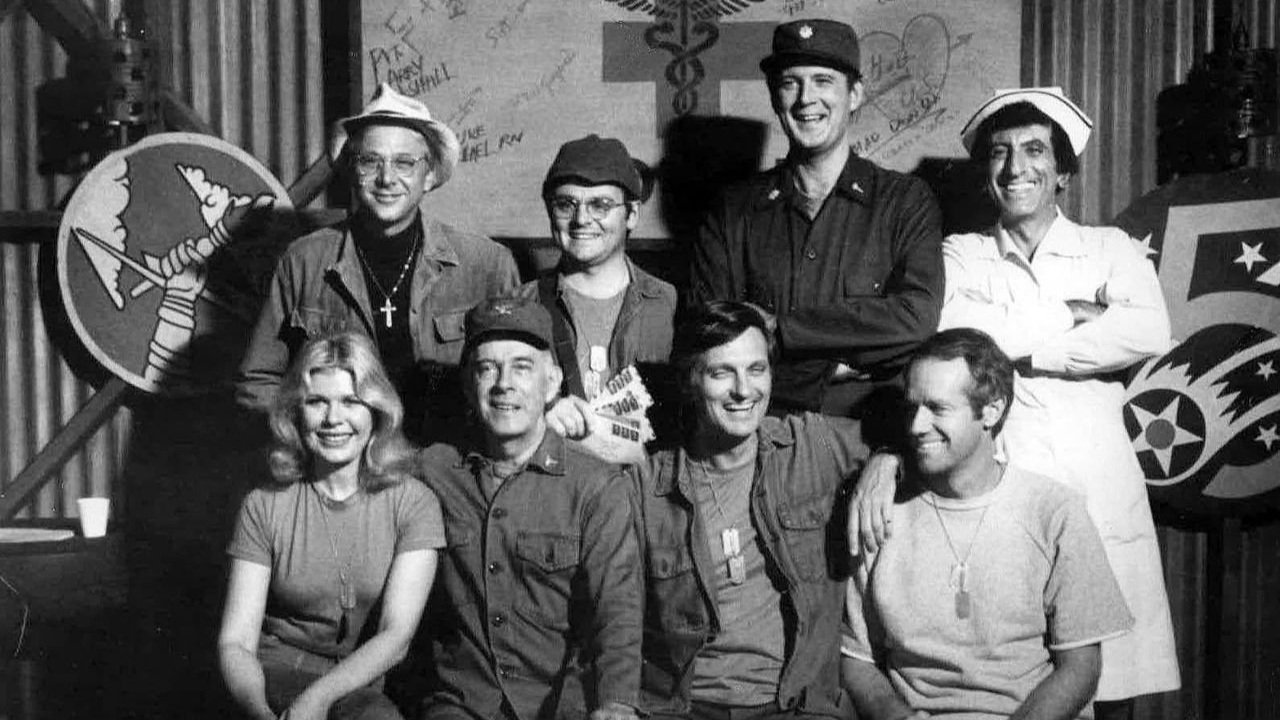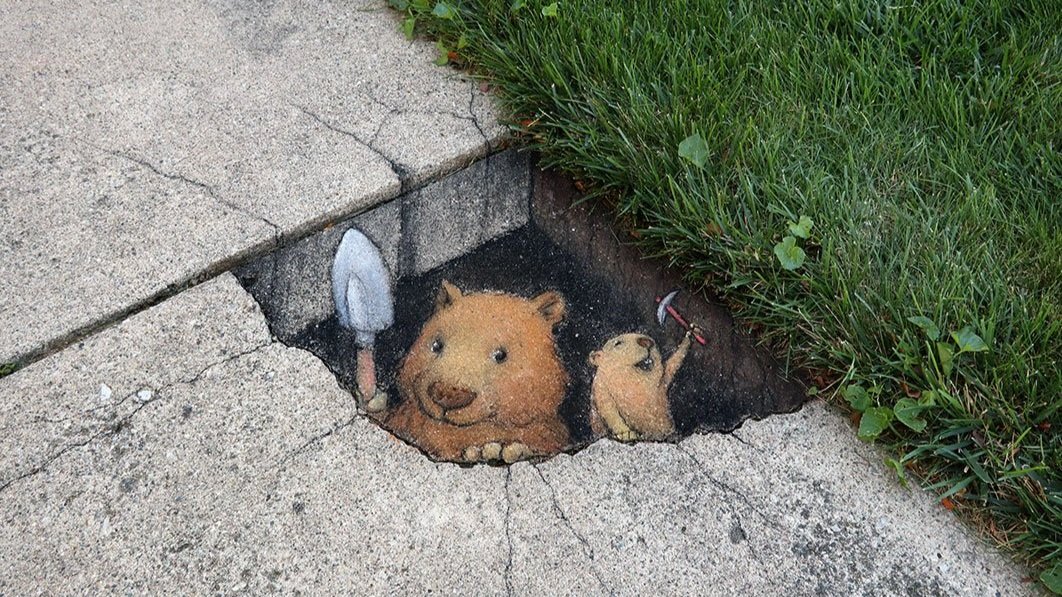Friday Faves - Your Weekly Strong Towns Roundup
We’re down to our Final Four in the Strongest Town Contest. Who will move on to the championship round?? Stay tuned to hear our special podcast interviews with representatives of each town, and to vote on who you think deserves a shot in the finals! And, sign up for email updates to stay abreast of the competition and other great content.
By the way, the Strong Towns team will be out next week for a staff retreat (and to hang out with folks at CNU 30.OKC!), so our content schedule is going to be a bit lighter than usual. We’ve still got some great articles and podcasts lined up for you, though, so never fear, you’ll still get your daily dose of Strong Towns.
Comment of the Week:
"You claim you want change, yet things are the way they are. Curious."
— Syn (@synthetica99) March 9, 2022
Here’s what Strong Towns staff were up to this week:
(Source: Wikimedia Commons.)
Lauren: A while ago, I began to re-watch M*A*S*H, the ‘70s TV series about a mobile army surgical hospital in South Korea during the Korean war that ranges from raunchy to heart wrenching. As the themes in the show become more and more relevant, I am reminded of and given new perspective on some of the realities of war. Closest to mind is the suffering it causes for so many people who had no say in it, who are involved merely by the will of others, who are compelled to choose from among unsavory options. Who will not benefit from their participation. It’s worth checking out, if you never have—the sting of truth in it is soothed with humor.
(Source: Flickr.)
Rachel: Some tragic news out of Portland earlier this month: Not only did the city have its highest traffic death rate in the last 30 years, but one third of those killed were homeless people. It’s yet another reminder that when we make streets safer, we are protecting everyone, but especially the most vulnerable among us who don’t own cars and have no choice but to walk to get where they need to go. The article states that the city’s response was, thankfully, not to increase police enforcement or change the speed limit signs (both tactics that we at Strong Towns know do virtually nothing to stop car crashes), but instead to implement “rapid safety improvements on our highest crash corridors.” Other cities, who are currently wasting time pointing fingers at reckless drivers, would do well to also immediately improve street design so that it slows down cars and hopefully avoid more car crashes and needless deaths.
(Source: Never Too Small / YouTube.)
Linda: Never Too Small is a media company dedicated to small footprint design and living. Their content can be viewed on their website, or via their YouTube channel and on Facebook and Instagram. Based in Australia, they feature award-winning designers showcasing their projects from around the world.
Never Too Small believes that “through smart design and creative use of space, we can transform the way we live and interact with our growing cities; tackling urban overcrowding issues globally whilst improving the quality of life.”
In December, they completed a six-episode series called “Small Footprint,” exploring “how small footprint thinking and design can be used as a solution not just inside our homes, but all over our cities to make them better and happier.” When asked what he found most surprising while making the series, founder Colin Chee replied, “Just how much wasted space there is in our cities begging to be put to better use.”
Now back to their usual episode format highlighting “tiny/micro apartments, studios and self-contained projects, as well as content that brings to life our vision of small, sustainable living,” this episode was filmed on February 12, 2022. Designer Olga Bondar walks us through a small apartment located in a new modern residential complex called Fayna Town, in Kyiv, the capital of Ukraine. In the video, Bondar says that “Upgrading and repurposing exciting inner-city spaces like Fayna Town allows more people the ability to access housing. It has revitalized the area and has been a great example of modern living.” I think of this beautiful, purposeful, functional space every time I see images of residential buildings reduced to rubble, and my heart aches.
(Source: Unsplash.)
John: Last summer my friend David sent me this episode of The Ezra Klein Show—an interview with science writer Annie Murphy Paul—and told me I needed to listen to it. I didn’t. He sent it to me again in January when it was re-published during Klein’s paternity leave. I didn’t have a chance then, either. David sent it a third time earlier this week, texting me, “Fair warning: you will buy Annie Murphy Paul’s book while you’re listening to the episode.” Finally, I started listening to it. And, sure enough, less than halfway through a 70-minute episode I’d ordered her book.
Annie Murphy Paul’s new book, The Extended Mind, is about the thinking that goes on outside our brain. In the interview, Klein and Paul explore several “extra-neural” resources, including the body, other people, and physical spaces. One of the most fascinating aspects of this conversation (and one I hope is explored further in the book) is the power of metaphors to liberate or constrict our thinking. One persistent metaphor is that of the brain as an analytical machine. The computer isn’t just on your desk; it’s hovering three feet above your chair. But our brain isn’t a computer. It is a biological organ, at once astonishingly complex and remarkably constrained. We evolved to process the world in motion, outside, and with others—yet to a great extent we’ve organized our schools and workplaces and cities for just the opposite.
I don’t know you well enough to guarantee you’ll buy Paul’s book before you’ve finished listening to this episode. But I feel confident you’ll love this interview, and that, when you’re finished, you’ll do what I did: send it to other friends, saying, “You’ve GOT to listen to this.”
(Source: David Zinn.)
Jay: I’ve been wearing out my colleagues here at Strong Towns by talking about David Zinn’s TikTok and Instagram reels. We’re studying how best to get more video content on our website and I’ve been talking endlessly about this TikTok creator. Zinn is an artist from Ann Arbor, Michigan, and my artistically-inclined 9-year-old, Lena, loves his fanciful chalk art creations. Me too. We watch short videos of Zinn creating “ephemeral pareidolic anamorphosis” together and we are always impressed.
—
Finally, from all of us, a warm welcome to the newest members of the Strong Towns movement: Bradley Allen, Anthony Allender, Ramona Blackwood, Edward Booth, Joseph Dowling, Kevin Garcia, Greg Hart, Mark Huntsman, Maureen Lesley, Alisha Loch, Michelle McNulty, Cristan Meijer, Mark Nowotarski, Jac Paillé, Christopher Piper, Barry Smith, and Ron Sturgeon.
Your support helps us provide tools, resources, and community to people who are building strong towns across the country.
What stories got you thinking this week? Please share them in the comments!





